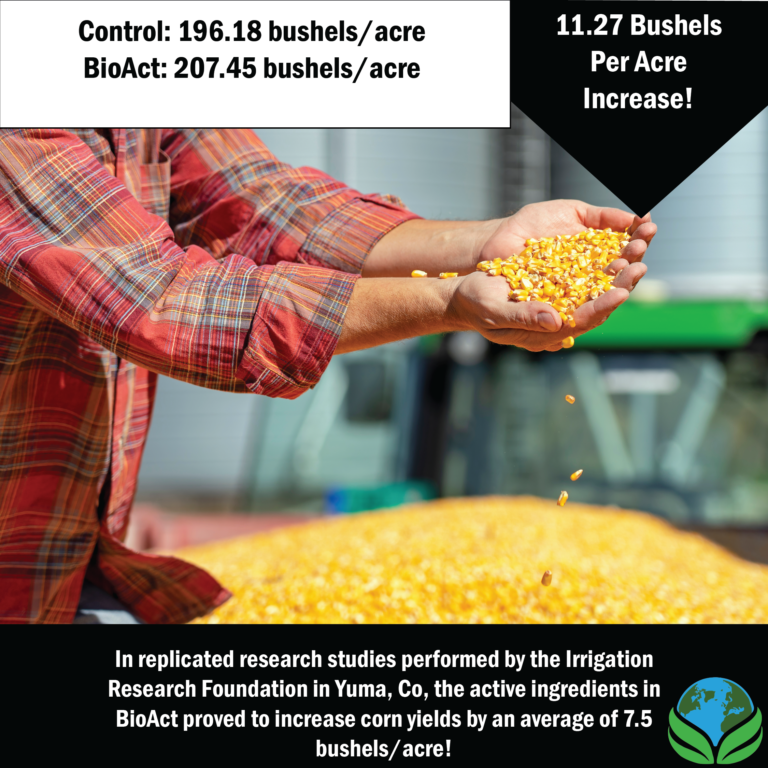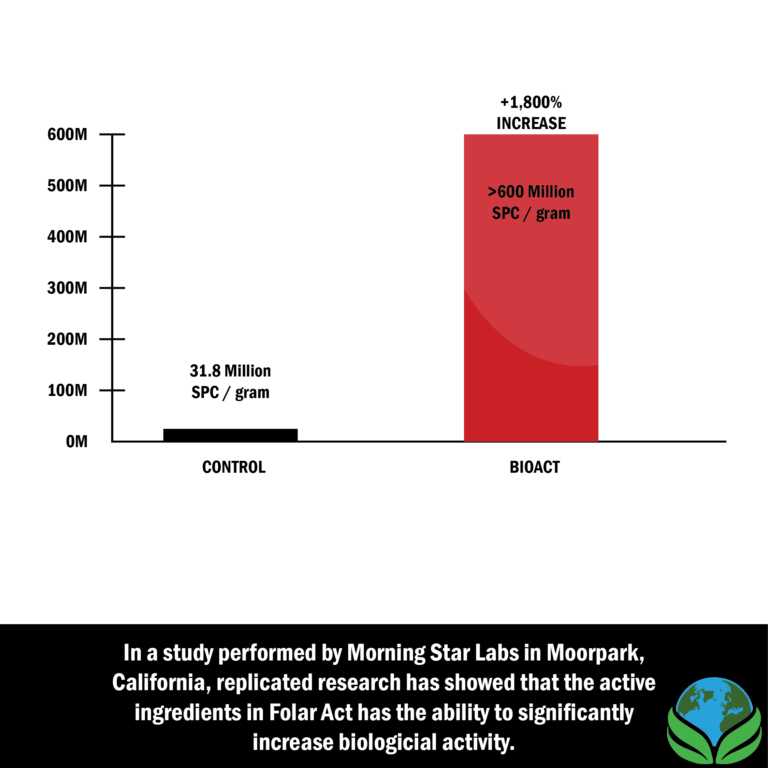In a year in which fertilizer prices are unpredictable, it is important to know how to increase agricultural production without increasing costs. Agricultural productivity is the total output per unit of input.
Agricultural Production Systems
There are different types of agricultural production and depending on the crop, these systems will differ. According to AgriFarming, “Crop production also includes the exchange of feed sources and resources used to maintain the dairy herd and prepare the crops needed to participate in the meat industry. The animals provided by the farmers are provided with nutritional supplements or minerals and grass or hay for forage. Improving agricultural production is a catalyst for both economic and social development. In developing countries, increasing agriculture and increasing its productivity is considered important to meet the goals of sustainable development and significant poverty reduction. There has been a long-standing consensus among development economists that an increase in agricultural production is necessary if agricultural production is to be increased at a rapid rate to meet the growing demand for food for a growing non-agricultural population” (AgriFarming, 2022).
Farming Problems and Their Solutions
1. Not enough land.
AgriFarming states, “Land availability is the main problem in agriculture… Farmers prefer growing money-making crops in comparison to grains and other eatables. Until the issue of enough availability of agricultural land exists, one cannot expect improvement in this sector” (AgriFarming, 2022).
2. Poor soil.
Having adequate soil is arguably the most important factor in creating sustainable and high-producing crops. Many farmers don’t perform regular soil tests, which in turn affects their ability to properly feed their soil and crops. How can you know what it needs if you don’t know what it lacks?
Having proper pH will automatically increase the production of a crop field; pH, more than anything, is a way of measuring whether there are enough nutrients in the ground to maintain proper soil health.
Calcium has been shown to make up 75% of these needed nutrients. One of the most common problems we find when treating farmers’ soil, is the lack of calcium. Calcium is what is commonly referred to as a trucker nutrient. Meaning, calcium is responsible for transporting and moving needed plant nutrients through the soil and into the plant.
The best way to increase calcium concentration in the soil and to neutralize pH, is by using our bio-activated liquid calcium. Bio-activated liquid calcium is initially mined from the ground in the same way that limestone is extracted and pulverized. But unlike limestone, the process doesn’t stop there. The crude material then goes through a process of heating, liquifying, and then extracting the pure soluble liquid calcium, doing away with all the sediment that would normally end up in your soil, and chelating the calcium to make it ready for agriculture use. The raw calcium is then mixed with carrying agents, surfactants, and chloride to make the ease of application and delivery simple and very effective.
Please note that chloride in this form is not the same as the crude calcium chloride used on roads and in tractor tires. Just like some forms of lime are used for hardening soil before construction, or to be mixed with concrete, there is a distinct difference and importance in understanding ag grade products meant for agricultural purposes, and crude material used for construction or in tires.
3. Fertilization problems
Soils have been used for cultivation for thousands of years. This has led to a depletion and overall exhaustion in soil. It has been estimated that, “about 70% of growth in agricultural production can be attributed to increased fertilizer application” (AgriFarming, 2022).
With the way fertilizer prices have been this year, it is no surprise that it hasn’t been an option for all farmers. One way to combat this is to use Folar-Act or Bio-Act. This will reduce the cost of fertilizer while retaining high yields.
In replicated research studies performed by the Irrigation Research Foundation in Yuma, CO, the active ingredients in Bio-Act proved to increase corn yields by an average of 7.5 bushels an acre (Fig. 1).
In other replicated studies performed in Orange City, MO, the active ingredients in Bio-Act yielded an average increase of 5.1 bushels an acre of soybeans over the control (Fig. 2).
In a study performed by Morning Star Labs in Moorpark, California, replicated research has shown that the active ingredients in Folar-Act has the ability to significantly increase biological activity (Fig. 3).



Benefits of Folar-Act and Bio-Act:
- Better yields, higher test weight, and greater crop quality.
- Triggers an explosion of beneficial soil bacteria which speeds up the breakdown of crop residue, builds humus and improves soil structure, drainage, and tilth.
- Increases healthy indigenous microbial activity in the soil or growing medium with increases of 3400% demonstrated within three days of application.
- Improves nutrient release and solubility by up to 60% compared to non-treated soils by speeding up the breakdown and improving the availability of both naturally occurring and applied nutrients. Depending on the soil tests levels, growers may be able to reduce P & K inputs up to 50%.
- Improves germination, plant emergence, and promotes vigorous root growth up to 50%.
- Elevates the plants’ natural defense mechanisms, improving plant health, minimizing disease, insect pressure and weather related stress. Many growers with disease pressure report a reduction in fungicide use by 50% or more.
- Offsets the negative effect of glyphosate by minimizing “yellow flash” and reducing soil pathogen counts including Fusarium and Pythium species.
- Lowers sodium levels in the soil and has shown to reduce nematode counts.
- Derived from many different types of beneficial bacteria–including aerobic and anaerobic microorganisms–the product is effective in both well-drained and tight soils.
- A source of essential micronutrients, proteins, enzymes, amino acids, and complex carbohydrates not available in ordinary fertilizers. Can be easily applied in conjunction with other liquid applications, pesticides, herbicides, fungicides, and fertilizers through ground, air, or fertigation systems.
- When stored properly, Folar-Act has a shelf life of four years without losing effectiveness.
While fertilizer prices continue to be unpredictable, bio-activated liquid calcium and special biological products are proven to amend soil and reduce the need for fertilizer.
For more information or to get in touch with a soil advisor, contact us at 833-247-4832 or click the button below.
Citations:
Author: Author: Jagdish (2022, January 4). How to improve agriculture production, tips, ideas, Ways and Techniques. Agri Farming. Retrieved November 14, 2022, from https://www.agrifarming.in/how-to-improve-agriculture-production-tips-ideas-ways-and-techniques


